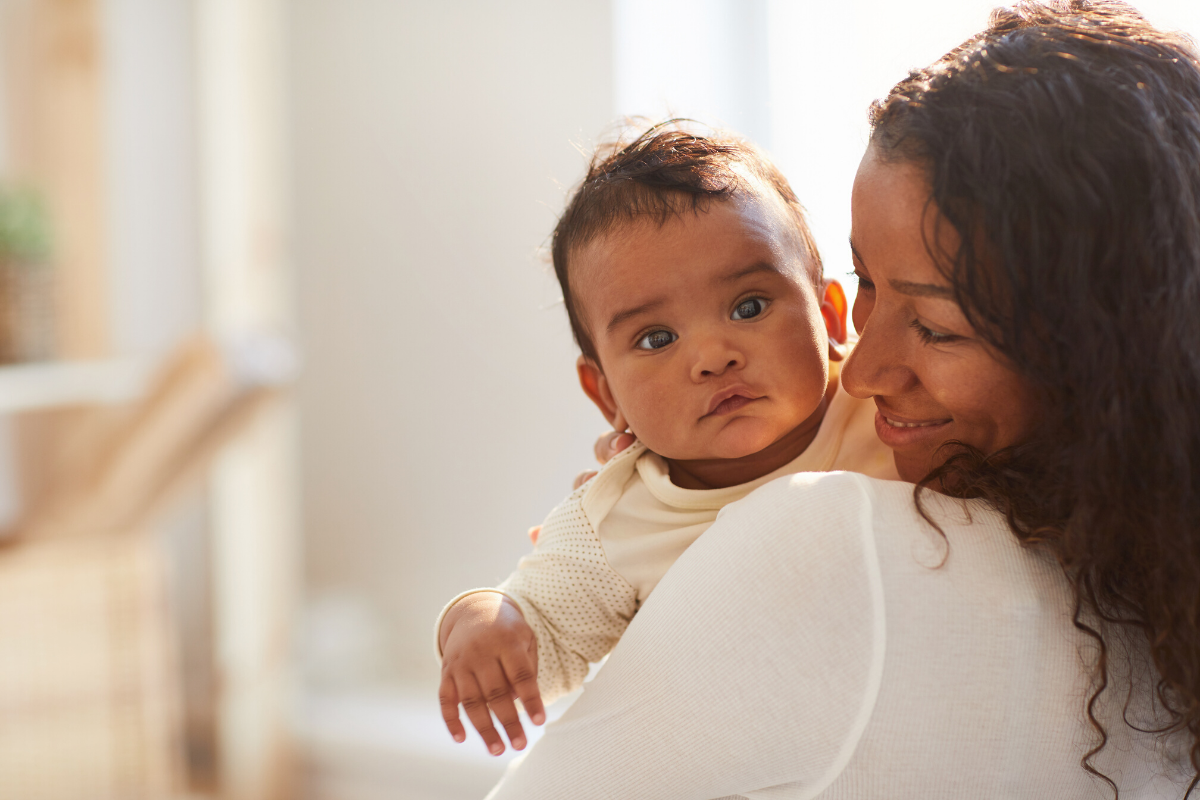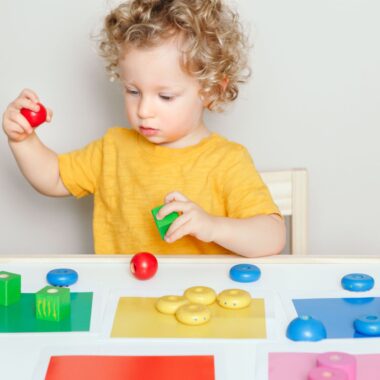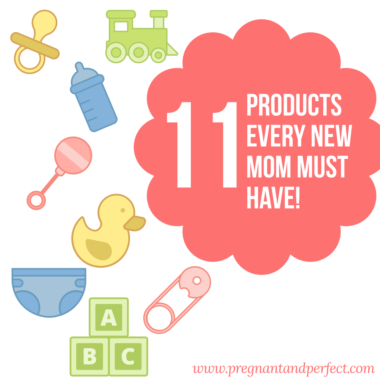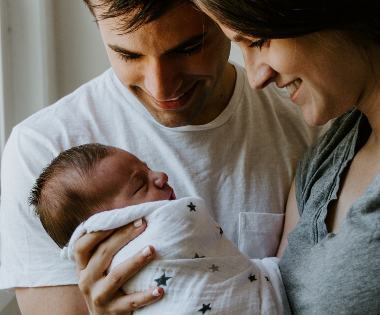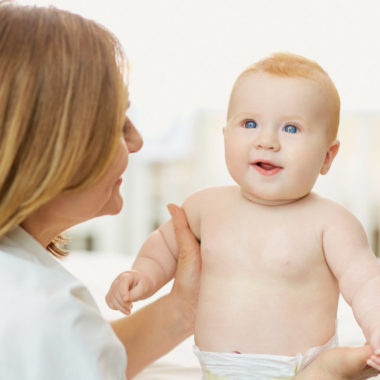This is a continuation of the series, “what your baby should be doing“. Check out the 3 Months article.
The journey of life has only just begun, and right now, you’re halfway to the first anniversary of welcoming your baby to the world. If anything, you are set for a hectic and exciting ride ahead. We must warn you though, the experience might be nothing near a walk in the park yet it is ABSOLUTELY worth it.
No doubt, your baby is growing at a progressive rate having doubled his or her birth weight by now. Also, there must have been a significant addition to your baby’s height gain which will now occur at a slow rate of about a half-inch each month compared to the earlier months.
Yet, there is much more to your baby’s growth than weight and height, and these are some of the characteristics to look out for as your baby hits the first 6-month of life mark
Sitting Posture
Babies may start to sit up without any aid around the sixth month. Before then, you’ll see your child make efforts to prop themselves up with their hands. As expected, they will fall on their butt until much later when their bones are strong enough to sit upright, unsupported. Before then, however, do well to invest in a large play mat to cushion potential falls. Also, we’d warn you to brace up for the crawling days. Crawlers find a way to be ALL OVER THE PLACE – one moment they’re just by your foot in the living room, next moment, they’re heading towards the patio.
Rolling Over Back and Forth
In what is a preamble to the standard baby crawling (which is expected in about two to three months into the future), your 6-month-old will start to roll from his back to his stomach and, most often back into the right position. Due to the fascination, they get from this new experience, many babies discover that they can move to other places if they continuously roll on their side long enough. They also rise on all fours – hands and knees – and rock back and forth with genuine excitement. One sure-fire way to reinforce this is to place colorful, eye-catching but soft, fluffy toys around them so they can try to reach out for the object of interest.
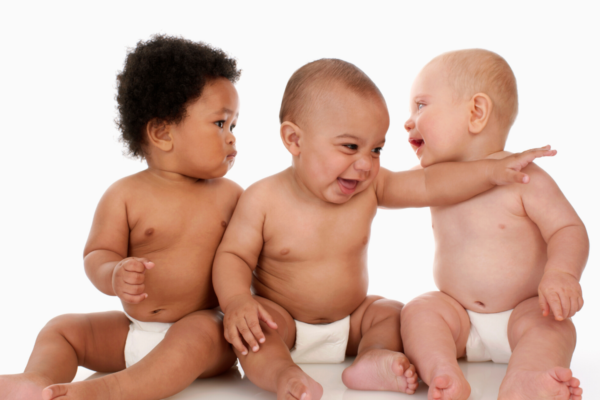
Baby Talk
What we love to call babbling is the beginning of babies’ journey to verbal eloquence – and by this time, you should see the first phases of babbling. No doubt, at six months, your baby is still a long way from words. However, this is by no means the first form of communication that you both will share. Before baby-talk, you both will have exchanged knowing smiles, stares, coos and gogoo-gagaas, of course with a dash of wails and cries from your baby’s end.
Growth Spurt
With bigger meals now taken at shorter intervals, you will find that your baby experiences growth spurts. From getting introduced to solids to an up-shoot in calorie intake, their growth rate will be accelerated. This will translate to more and stronger appetite. In nature’s providential way, lactating mothers will experience more milk production to serve their baby’s demands.
New Diets and Weaning
Having begun to explore some measure of solid foods, you’ll find that your baby is delighted to try out new tastes including puree foods and fruits, and mashed veggies in small quantities. Also, introducing your baby to sippy cups will reduce breastfeeding time and expand your baby’s feeding skills beyond your nipples.
Solid-Diet Stools
Bowel movements may not be the fanciest human thing, but it is an unavoidable and, doubtless, an important part of healthy living. And if we’re being real, baby poop comes in no small measure; that too, in as many cycles as you can think of. So, get ready, more meals equal more stink and more chunk – less liquid.
Sleeping Culture
It is not unusual to find that at six months, your baby’s sleeping pattern is nothing like it was in the earlier months or days after delivery. Possibly, individual naptimes may now be shorter and drop from three naps to two in a day. This is expected to last until around their first birthdays or beyond. So, it is time to bid farewell to the previously familiar schedule and begin to adapt to whatever opportunities the new sleeping routine may afford you. Perhaps, it could be time to catch up on pending engagements.
While the risk of Sudden Infant Death Syndrome (SIDS) is much lower at six months than in the first few months of life, it is still popular expert opinion that you should hold off on adding stuffed animals, pillows, crib bumpers, and other soft items to the crib for now. While you take this and other informed advice, don’t forget that the period between birth and the age of three are the most important years in a child’s foundational development.
As such, you want to take all necessary precautions to ensure your baby is out of harm’s way by mitigating all potential causes of danger as they advance towards the crawling and roaming stage. Also, be sure to keep tabs on their milestones per time, although not from a standpoint of pressure or worry.
Never forget that you don’t have to do it all alone. With the right support system and a healthy mindset, you can set yourself up to experience the joys of watching your child grow. Cheers to parenthood and its never-ending responsibility!
- How To Revive Your Sex Life After Baby - October 17, 2023
- The Sona App Aims To Make Your Child “Sleep Like A Baby” And We Tested It - May 14, 2023
- 7 Ways To Get Some Alone Time As A Mom - March 1, 2023
